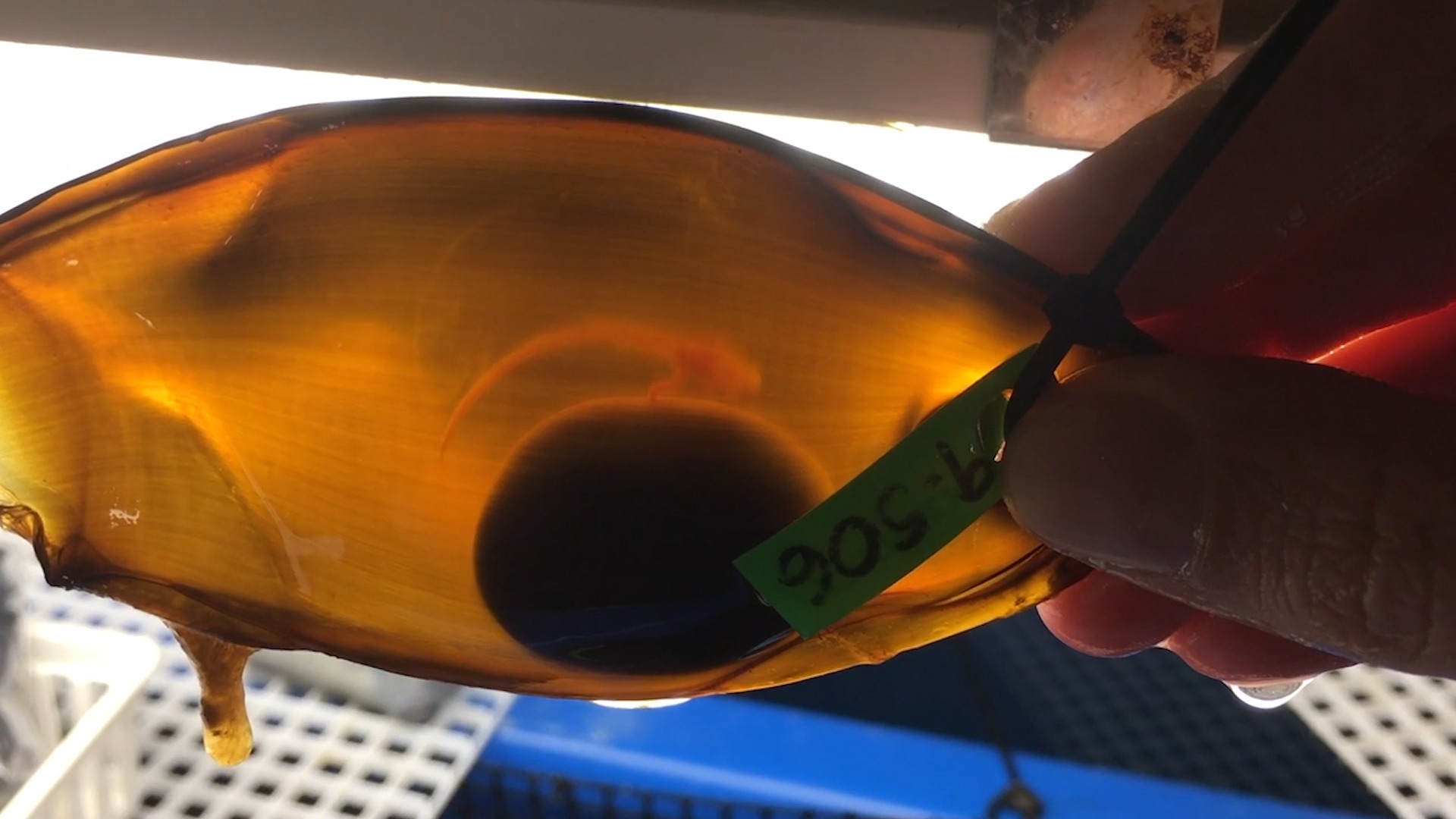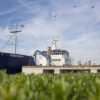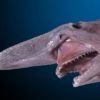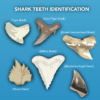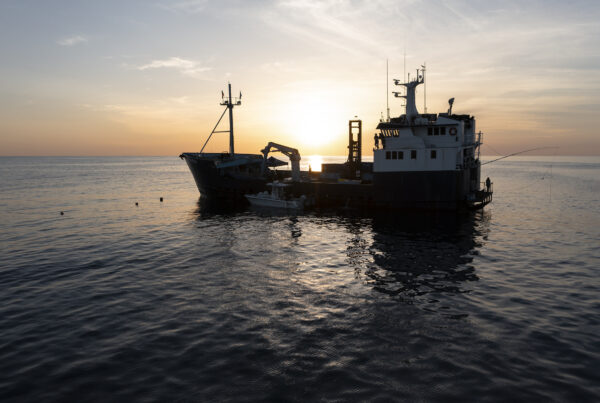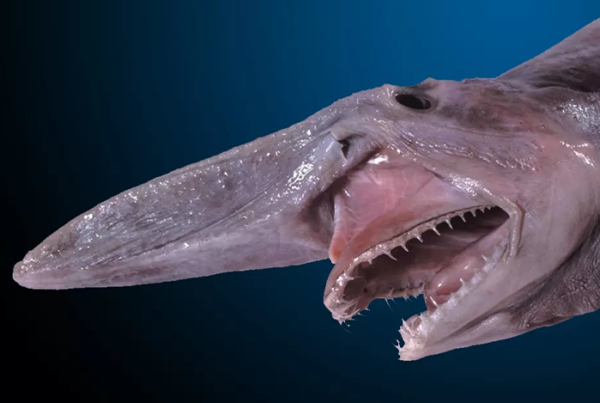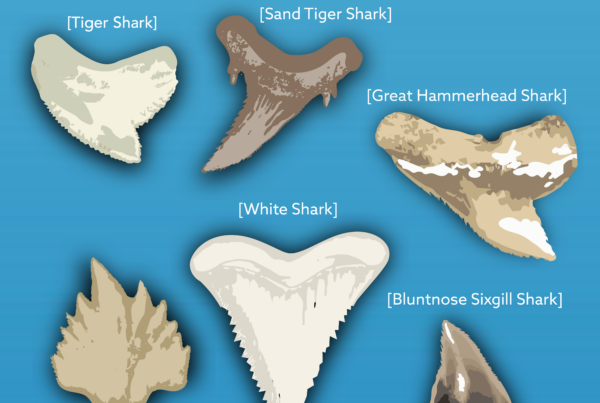Sharks all hatch from eggs but there are some big differences in the process from shark to shark
Mother’s Day is upon us and it’s time to celebrate all the wonderful moms out there and shower them with much deserved gifts and praise. Shark moms may have a different relationship with their pups compared to humans, but that doesn’t mean shark moms don’t deserve some recognition this weekend too.
In order to learn more about how sharks become moms in the first place, we spoke with Dr. Gisele Montano, a reproductive research associate at SeaWorld who has been on two expeditions with OCEARCH. She says sharks become moms in two very distinct ways. Since sharks are fish, they all hatch from eggs at some point. But it’s the major differences in those eggs and where they actually hatch that differentiates one shark mom from another.
“Even though shark moms’ responsibilities to their pups end when they give birth…it doesn’t necessarily mean shark moms have it easy.”
Oviparous Sharks
Some shark species lay eggs that hatch once they are ready, similar to how many might imagine a bird egg hatching. Unlike with birds however, mother sharks do not stick around until the eggs hatch. Instead, Dr. Montano says the eggs have tendrils that attach to structures on the bottom of the seafloor such as coral, sponge or rocks that provide protection to the eggs. Once the baby shark inside the egg is developed, it hatches ready to defend itself with no mother to protect it.
Examples of oviparous species include:
- Whitespotted bamboo sharks
- Epaulette sharks
- Zebra Sharks
Viviparous Sharks
The second way Dr. Montano says a shark can become a mom is by hatching eggs inside the female’s uterus and allowing the pups to mature there before giving birth to them. These are called viviparous sharks; however, the exact process of raising sharks inside a mother’s uterus differs from species to species. Whale sharks and nurse sharks for example hatch inside their mother and then continue to feed off of a yolk sack that remains stuck to the tiny pup’s body.
Other sharks hatch and then continue to be nourished by a yolk-like substance the mother releases into her uterus in soft egg cases/capsules. Dr. Montano says sand tiger sharks have even been documented to eat their own siblings inside the womb. Some species, such as hammerheads, develop a structure similar to a placenta that allows them to continue to develop inside the womb. Once viviparous pups are developed enough inside the womb, the mother gives birth and leaves them on their own.
Examples of viviparous sharks include
- Whale sharks
- White sharks
- Nurse sharks
- Hammerhead sharks
- Sand tiger sharks
- Shortfin mako sharks
- Thresher sharks
Even though shark moms’ responsibilities to their pups end when they give birth, Dr. Montano explains that it doesn’t necessarily mean shark moms have it easy. Shark moms devote their bodies and a lot of energy towards raising their eggs considering gestation periods can last for many months. Add on top of that the violent process of copulating in the first place and ultimately mother sharks have a huge toll taken on their bodies. For this reason, Dr. Montano says many sharks cycle every other year (dusky sharks cycle every 3 years) in order to allow their bodies to recover.
Some sharks, like white sharks, have to be at least 20-years old before they are ready to give birth and become moms. This late maturity age is a factor that works against them when it comes to maintaining population levels. If something happens (such as overfishing or finning) that causes a drop in shark populations and it can take a very long time for the populations to bounce back.
Dr. Montano and OCEARCH are working hard to piece together more information about shark moms to better understand what humans can do to protect them. SeaWorld also provides Dr. Montano with an ultrasound machine to take on OCEARCH expeditions in hopes of getting rare images of follicular activity in ovaries or even a live pregnant white shark that will be extremely valuable for learning more about shark reproduction.

